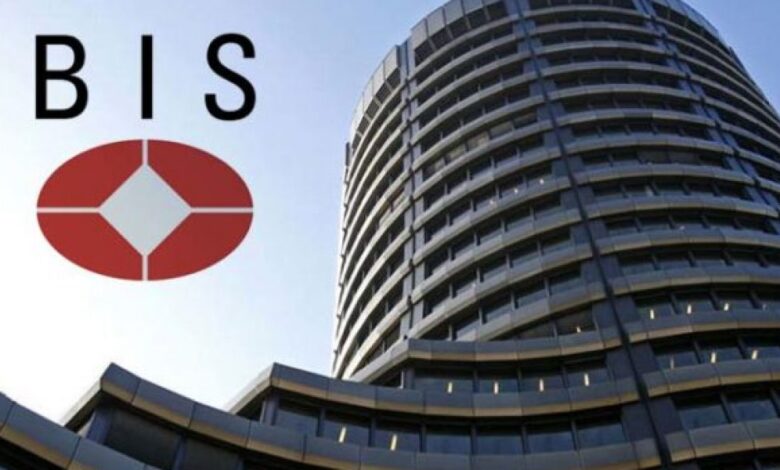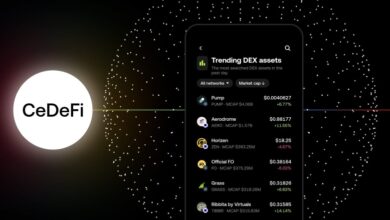BIS Calls for Tokenized Unified Ledger as Stablecoins Face Toughest Scrutiny Yet

The Bank for International Settlements (BIS) has delivered its strongest warning yet on the systemic risks posed by stablecoins, urging global policymakers to accelerate the move toward a tokenized financial system built on central bank-issued money.
In a chapter previewing its Annual Economic Report 2025, set to be released on June 29, the BIS declared that stablecoins “fall short” as a form of sound money and “without regulation pose a risk to financial stability and monetary sovereignty.”
“Singleness is either you have it or you don’t,” said Hyun Song Shin, BIS Economic Adviser, explaining that stablecoins lack the guaranteed settlement function central to fiat currencies. He likened them to private banknotes of the U.S. Free Banking era in the 19th century, noting they can trade at varying values depending on the issuer—undermining the foundational principle of uniform value in money.
The BIS warned that the dominance of U.S. dollar-pegged stablecoins, which now account for 99% of the $260 billion stablecoin market, could lead to capital flight, particularly from emerging economies, while undermining national monetary sovereignty. This comes days after the U.S. Senate passed a bill to regulate dollar-based stablecoins—legislation that could accelerate their adoption if approved by the House.
Andrea Maechler, Deputy General Manager of BIS, raised concerns over the opacity surrounding stablecoin reserves: “The whole question of disclosure, this is where some of the stablecoins differ. You will always have the question about the quality of the asset backing. Is the money really there? Where is it?”
The collapse of TerraUSD (UST) and LUNA in 2022 served as a cautionary tale, with BIS officials highlighting the dangers of fire sales if reserves backing such assets were suddenly liquidated.
Tether, which commands more than half the total stablecoin market, recently exited the EU market following the enforcement of new MiCA rules requiring licensing and reserve transparency.
BIS Proposes Tokenized Unified Ledger to Replace Stablecoins
To counter these risks, the BIS is advocating for the creation of a tokenized unified ledger, a programmable platform integrating tokenized central bank reserves, commercial bank money, and government bonds. This next-generation infrastructure would retain the “key principles of sound money” while unlocking efficiencies across cross-border payments, securities settlement, and monetary policy implementation.
Unlike stablecoins, this model would offer instantaneous settlement, increased transparency, and improved interoperability—enhancing financial system resilience while reducing operational frictions and costs.
“Realising the full potential of the system requires bold action,” said Agustín Carstens, outgoing BIS General Manager.
Tokenization, the BIS argues, will combine messaging, reconciliation, and settlement into a single automated process, ushering in a “new era for the financial system.” However, it acknowledged that the platform would need clear governance, and countries would still want control over how their national currencies are used.
Project Agorá and Project Pine
The BIS highlighted its own progress through Project Agorá and Project Pine:
- Project Agorá is a multi-central bank initiative to build a multicurrency unified ledger. It merges tokenized commercial bank deposits with wholesale central bank money on a programmable platform featuring smart contracts. The project directly challenges the relevance of stablecoins in regulated and institutional finance.
- Project Pine, a collaboration with the Federal Reserve Bank of New York, demonstrated the successful use of blockchain-based smart contracts to automate traditional monetary tools—like interest rate adjustments and reserve management—in a simulated tokenized environment.
Together, these projects show that tokenized central bank systems are not only viable but already being tested in real-world applications.
The BIS’s latest warning and proposals mark a clear pivot in the global financial narrative. While stablecoins have played a role in digital asset adoption, the BIS envisions a future where central bank-led tokenized systems ensure monetary control, financial stability, and technological innovation—without the systemic risks currently posed by private stablecoin issuers.





